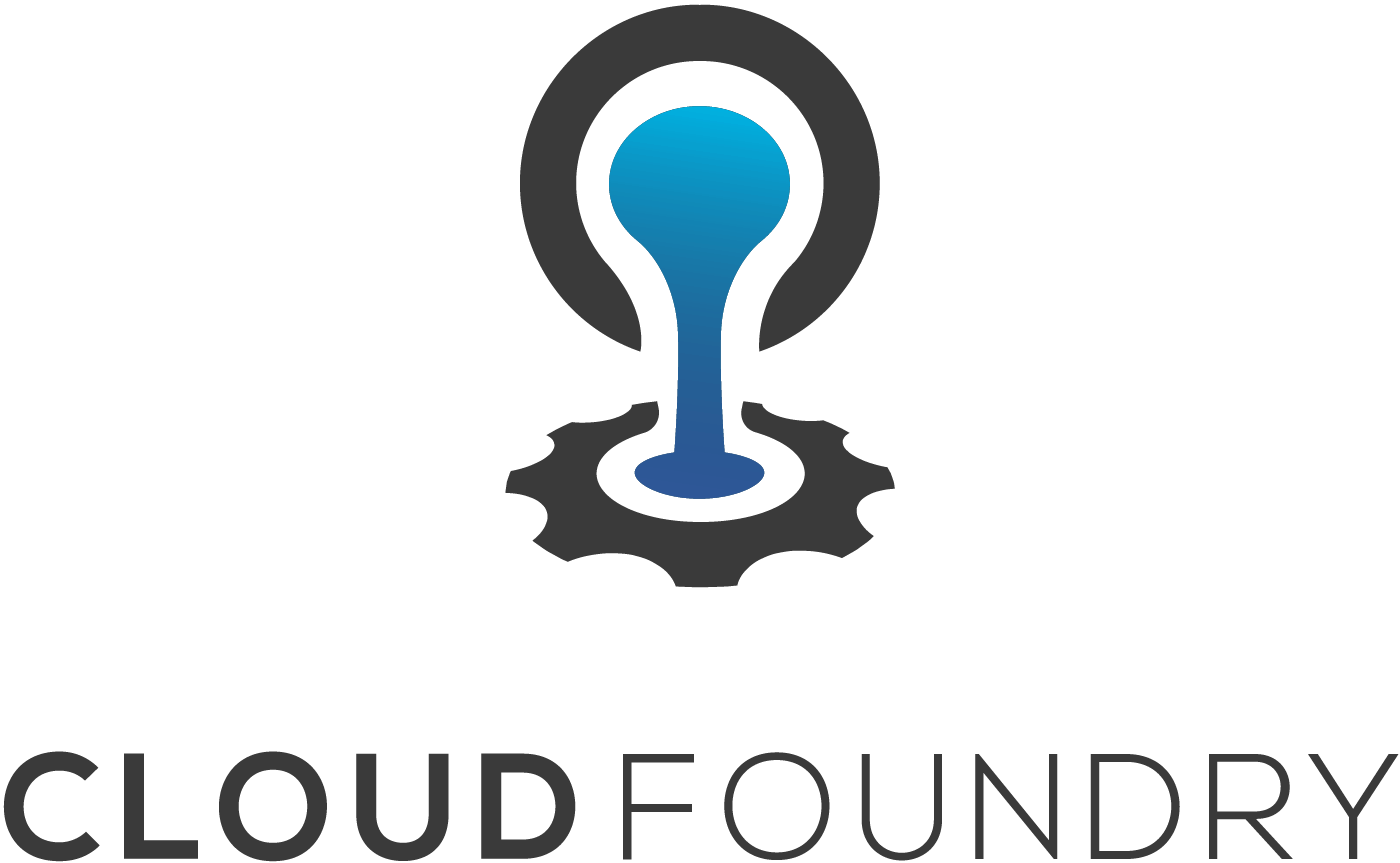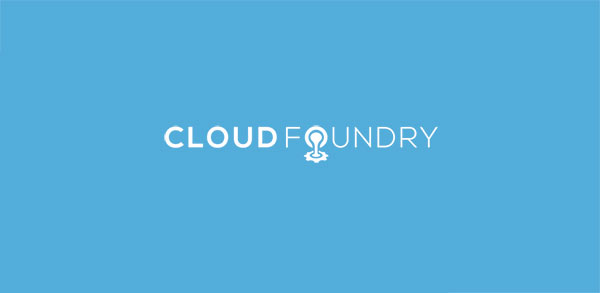Release of the v0.9.0 of Korifi announced with support for pushing Docker images and other minor improvements.
The Cloud Foundry Community announced the release of v0.9.0 of the Korifi project. This release includes support for pushing existing Docker images and also contains other minor improvements to the Helm charts used. Release notes can be found here.
What is Korifi?
Cloud Foundry Korifi is a platform abstraction over Kubernetes. It provides an interface where application developers can easily deploy their apps to Kubernetes clusters. Korifi is aimed at bringing a first-class multi-tenant abstraction over Kubernetes clusters.
What’s New in Korifi v.0.9.0
The current release brings some important changes we wanted to let everyone know about.
Ability to Push Existing Container Images
The most important update is that Korifi can now push existing container images. For example, if you have an image in a container registry somewhere, it can be pushed to a Kubernetes cluster using the familiar cf push command.
The reason we built this feature is:
- It has always been a feature of Cloud Foundry
- It provides an easy on-ramp to using Korifi
Engineering teams can bring their existing containers and build workflows to work with Korifi’s deployment experience. It presents a great way to interoperate with existing toolchains that are functional for many software engineering teams. Presently your build workflows may result in images being uploaded to a private container registry, Dockerhub, AWS, Google, or Azure registries. Irrespective of which registry hosts your images, Korifi can be configured to pull from it and deploy to Kubernetes clusters of your choice.
For more information on how to use this feature, please consult the documentation available here.
Update to the Kpack Clusterbuilder
kpack is used in the default build workflow for Korifi. It uses Cloud Native Buildpacks to create images on the cluster. For the build and run images that are created, a stack is used internally, which has been upgraded to the latest LTS version of Ubuntu, which is Jammy Jellyfish.
Various elements of the Helm charts, used to define the application, have also changed to reflect the right definition, remove redundancies, etc.
Please give Korifi a spin if you already haven’t done so. It installs easily over Kubernetes clusters of your choice (Azure, GKE, kind). Share your feedback in the #korifi-dev channel on the Cloud Foundry Slack.




